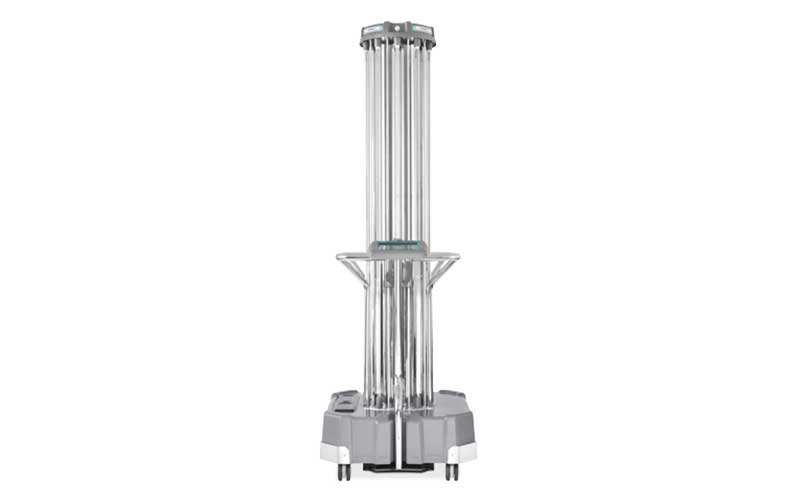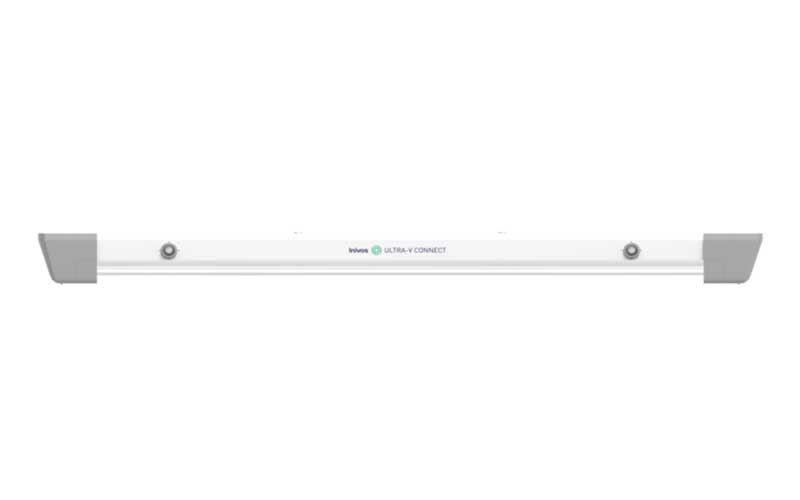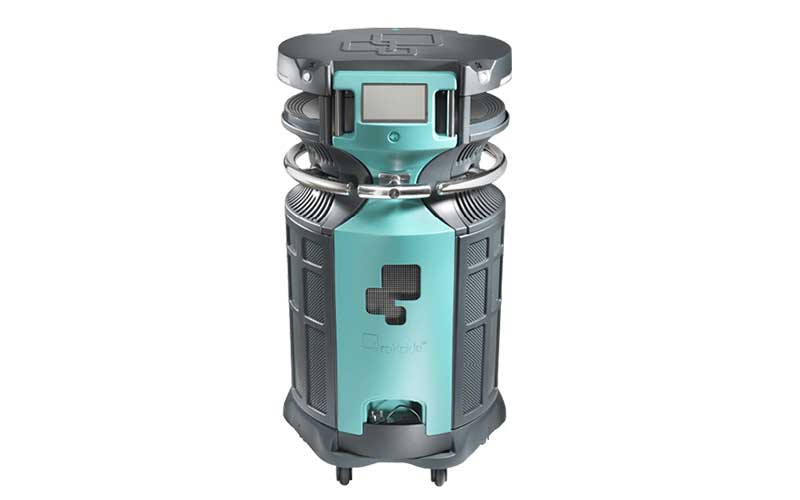Infection Control in Emergency Departments
Emergency departments are notoriously difficult to clean and not finding the time to regularly decontaminate areas where there’s high patient footfall can lead to higher rates of infection, particularly of C. diff. We recommend a process of analysing patient flows through EDs to assess both where the highest infection risks reside and at what times during the week footfall is lower. This allows for a structured, targeted decontamination programme to be built so processes can be managed with minimal disruption to services. Both HPV and UV-C light decontamination processes are effective for use in emergency departments; UV-C may be preferred as it delivers an equally effective cycle but within a quicker time.
Educating staff is a key part of the infection control process so they understand the importance and consequences of efficient cleaning around emergency departments, working to increase hand hygiene awareness and antimicrobial stewardship. Key personnel should be involved with the project from the start and updated throughout to allow flexible management and forward planning. A culture of best practices, awareness and new ongoing processes to improve infection control should be harnessed.
Through working with Buckinghamshire Healthcare NHS Trust at the Stoke Mandeville Hospital, who had identified an ongoing increase in C. diff cases, a pattern in transmission was identified that showed cases were originating earlier on in the patient journey, within hospital admission areas. ProXcideTM robots, proven to achieve >log6 efficacy in under 2 hours between starting the decontamination cycle and room re-entry, were commissioned as part of a new decontamination project.
Empty open-ended patient bed-spaces on shared, functional wards were safely and securely screened off to allow HPV processes to continue. By applying an opportunistic approach to the decontamination processes, over 2.5 weeks, covering 3 bed spaces per day and per night, including toilet and ancillary areas, the hospital was able to successfully report a sustained 52% decrease in C. diff acquisition. They were able to reduce the cost of care per patient and save 342 bed days.






